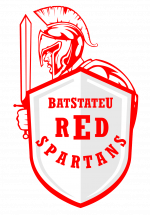At the end of this course, learners will be able to design circuits and develop microcontroller programs using Arduino with various components. They will also be proficient in developing Python programs on the Raspberry Pi to enable IoT functionality. Additionally, learners will be adept at utilizing Packet Tracer to simulate Python-integrated IoT systems and will be equipped to construct business models using the Business Model Canvas. They will also understand the applications of IoT in sectors like healthcare, energy, smart-city, and manufacturing. Furthermore, learners will recognize the significance of designing secure IoT solutions that safeguard devices, software, and data.

